NASA Hubble Space Telescope captures Orion Nebula- check mind-blowing image
Image of the Orion Nebula- closest large star-forming region to Earth has been captured by Hubble Space Telescope. Here is what NASA informs.
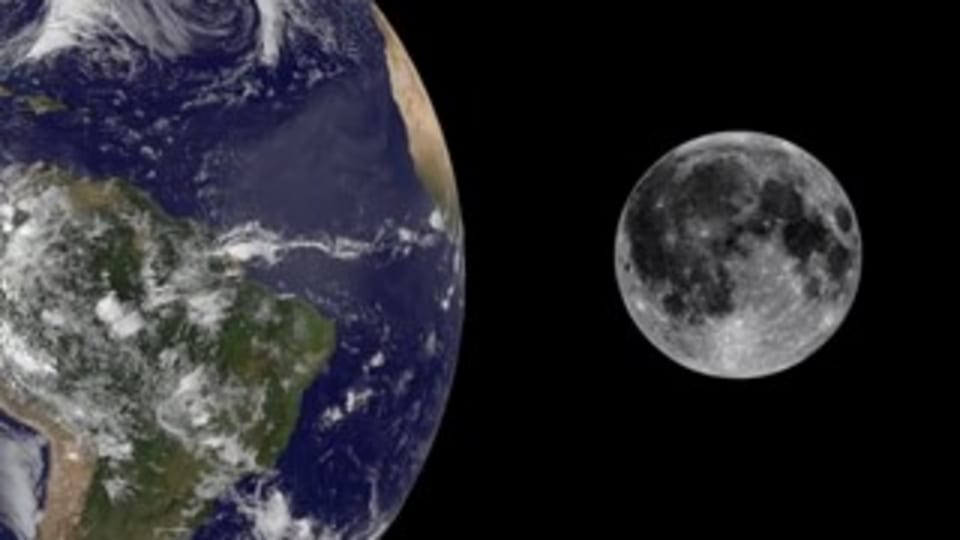
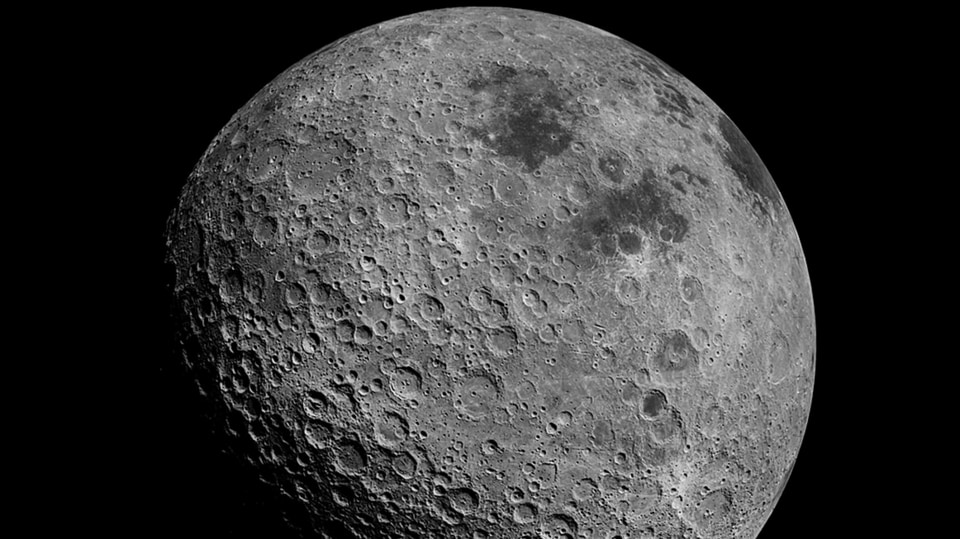
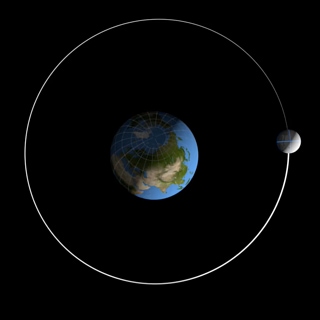
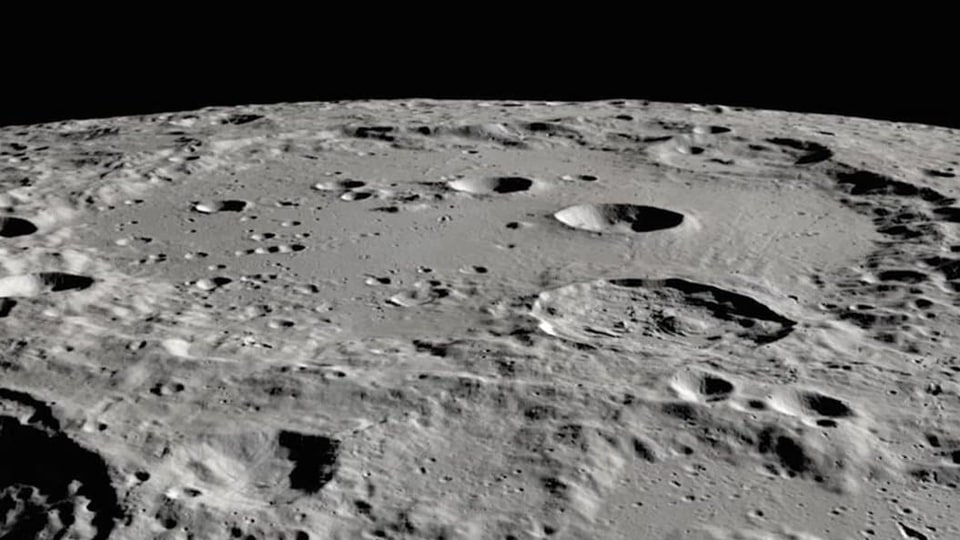
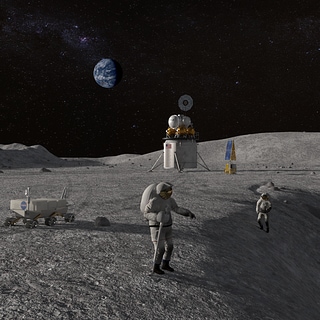
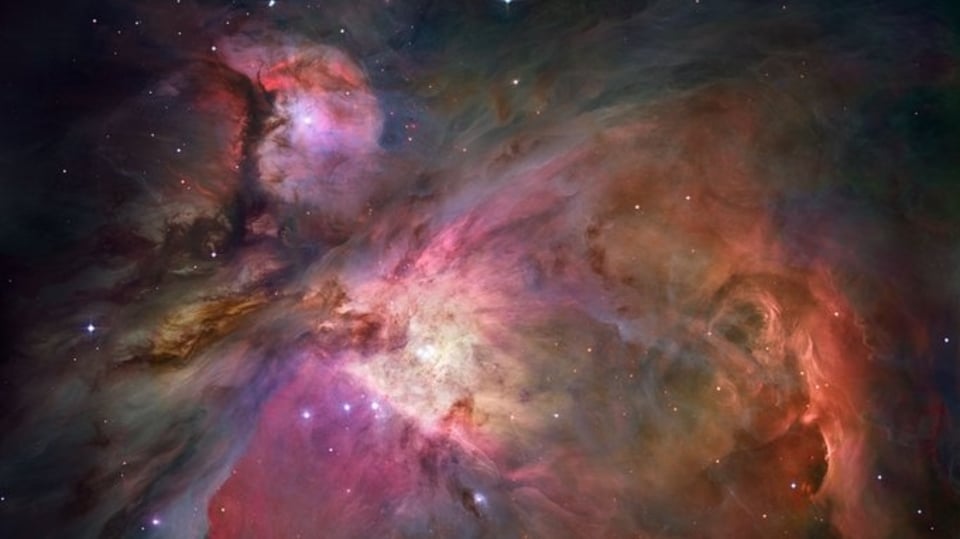
 View all Images
View all ImagesDo you know which is the closest large star-forming region to Earth? You will be surprised to know that NASA's Hubble Space Telescope has captured an image of the same. Orion Nebula is the closest large star-forming region to Earth. "520 exposures. Over a billion pixels. One mind-blowing image! This Hubble image shows the stunning Orion Nebula, which is the closest large star-forming region to Earth," Hubble tweeted.
520 exposures. Over a billion pixels. One mind-blowing image!
— Hubble (@NASAHubble) August 13, 2022
This Hubble image shows the stunning Orion Nebula, which is the closest large star-forming region to Earth.
Discover more: https://t.co/ALXOqXB9bg pic.twitter.com/e3Szk9o4Vr
Informing about the Orion Nebula, NASA said, "Believed to be the cosmic fire of creation by the Maya of Mesoamerica, M42 blazes brightly in the constellation Orion. Popularly called the Orion Nebula, this stellar nursery has been known to many different cultures throughout human history." The research organisation also said that the image captured by Hubble offers the sharpest view of the Orion Nebula ever obtained.
"Created using 520 different Hubble exposures taken in multiple wavelengths of light, this mosaic contains over one billion pixels. Hubble imaged most of the nebula, but ground-based images were used to fill in the gaps in its observations. The orange color in the image can be attributed to hydrogen, green represents oxygen, and the red represents both sulfur and observations made in infrared light," it said.
The nebula is only 1,500 light-years away, making it the closest large star-forming region to Earth and giving it a relatively bright apparent magnitude of 4. Because of its brightness and prominent location just below Orion's belt, M42 can be spotted with the naked eye, while offering an excellent peek at stellar birth for those with telescopes. It is best observed during January, the research organisation further informed.
It can be known that the nebula is an enormous cloud of dust and gas where vast numbers of new stars are being forged. Its bright, central region is the home of four massive, young stars that shape the nebula. The four hefty stars are called the Trapezium because they are arranged in a trapezoidal pattern. Ultraviolet light unleashed by these stars is carving a cavity in the nebula and disrupting the growth of hundreds of smaller stars.
Catch all the Latest Tech News, Mobile News, Laptop News, Gaming news, Wearables News , How To News, also keep up with us on Whatsapp channel,Twitter, Facebook, Google News, and Instagram. For our latest videos, subscribe to our YouTube channel.
































